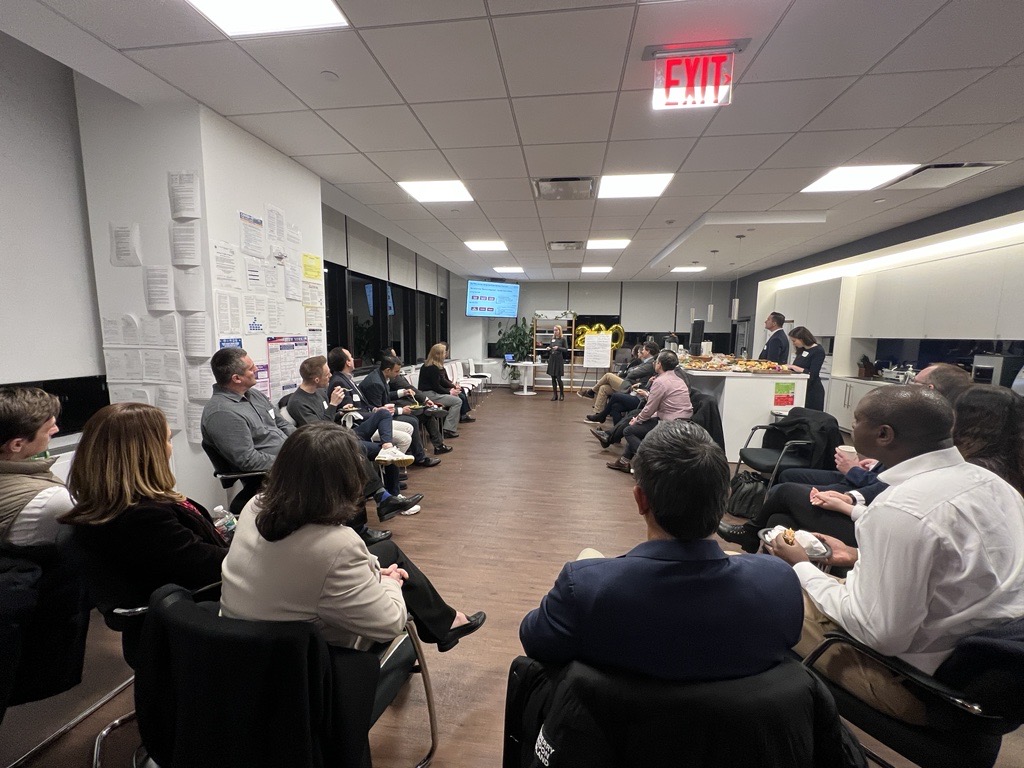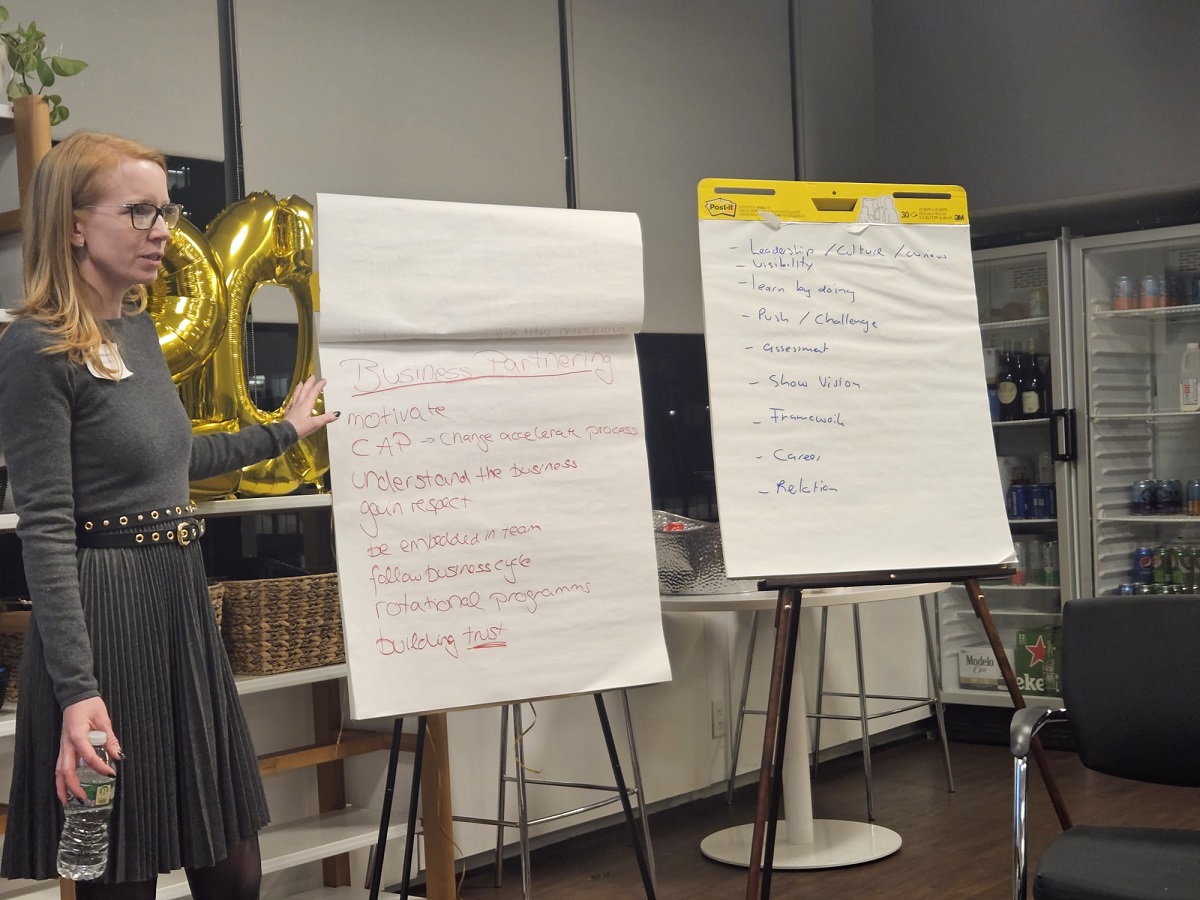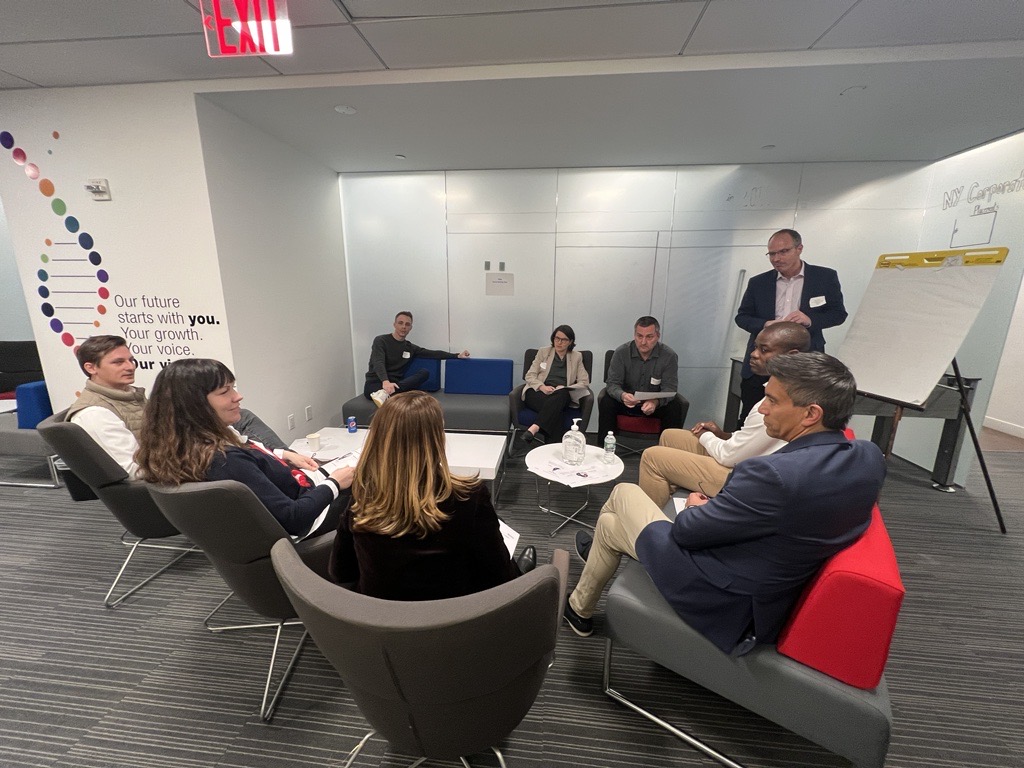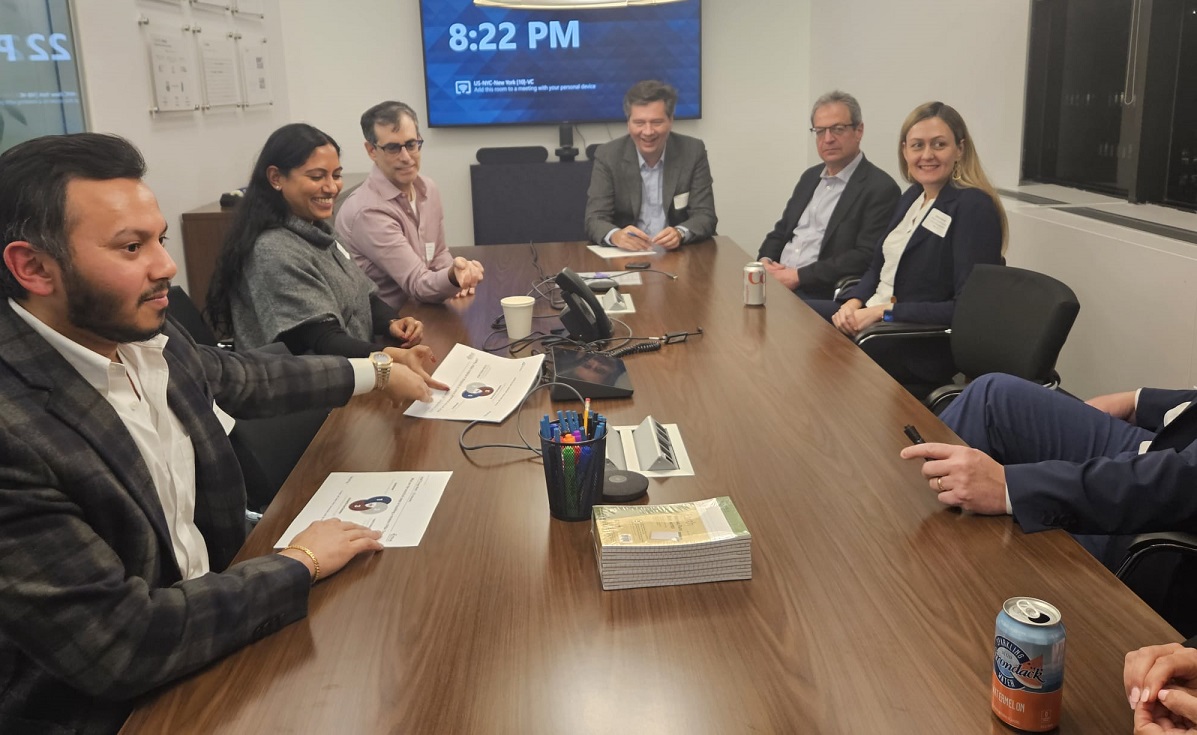After a 2-year Covid-related break, FP&A Trends resumed a series of live events in the United...

Figure 1: New York FP&A Board Members (March 2023)
The 200th landmark meeting organized by the FP&A Trends Group took place on March 16th in New York. 25 FP&A leaders met to share their experiences and ideas about how to approach building the best-in-class FP&A teams and the critical roles that need to be created and/or fulfilled in the current environment to ensure a successful future.
This meeting was sponsored by the trusted long-term business partners of FP&A Trends – SAP and Michael Page.
The Most Vital Skills for FP&A Professionals
At the beginning of the meeting, the participants introduced themselves and shared the one skill they found the most vital/impactful for a successful FP&A professional. Among the many skills shared, the absolute winners were “curiosity” and “ability to understand data.”
The topic of the conversation further focused on the top five skills for a modern FP&A professional – technical, business, people, leadership, and digital skills. Larysa Melnychuk, the founder of FP&A Trends Group, discussed the findings of surveys conducted by the organization. At the end of her presentation, she asked the audience, “Have you ever met someone proficient in all five skills simultaneously?” The audience responded with silence. Larysa asked next, “What do you think we should do about it?” It started an active discussion about how effectively the decision-makers were managing the most optimal mix of the skill sets at their companies, dependent on the scale, the type of business, and the particular business cycle of each business. Some participants also shared their experiences incorporating a newer component into the mix – ESG (Environmental, Social, and Corporate Governance). It became clear to all that ESG is and will be a big part of the FP&A focus now and in the future. Companies these days need to be environmentally focused (as ESG is now important to customers and employees). ESG focus is no longer a choice but a necessity to guard the company’s value.
Pivoting back to the conversation on what constitutes an optimal skill mix, some leaders indicated a new focus on ensuring their finance professionals have necessary tech-related training and that new hires have an important background in data analytics. Others found it beneficial for their businesses to begin to blur the lines between Finance and IT. Professionals also discussed their views on accounting, finance, and tech talent. Opposite views were shared regarding talent and cultural and educational differences among different regions in the world regarding FP&A. At the end of the day, the conclusion was reached that no one solution fills all the gaps, and focusing on complimenting skills can be a winning strategy in the long run.

Figure 2: Karina Williams shares her insights during the New York FP&A Board in March 2023
Karina Williams, the Business Unit CFO of Veolia Water Technologies and Solutions, presented her team’s case. Karina shared her multi-year journey in building a strong FP&A function from the ground up, including the challenges and opportunities faced along the way. The first step of the process was to build the right team and ascertain what data she could trust. Another priority for her was incorporating novel finance processes not established before (be it P&L reporting or budgeting). The second phase focused on building trust and solid relationships with the business. The third and final step was about storytelling and influence. “What was the most challenging part for you?” asked someone from the audience. Karina shared that getting reliable data and establishing the processes around it was the most challenging part, and it took longer than she expected.
Group Discussions and the Results of the Group Work

Figure 3: Group Work During the New York FP&A Board (March 2023)
The evening concluded with a group discussion focusing on the three major areas around building a world-class FP&A team.
The first group focused on building a solid team from a leader’s standpoint. The mnemonic proposed to the audience was PBID. The leader should first focus on P – strategic position of the FP&A team at a company. The leader also needs to ensure that B - building trust through data is being undertaken. Another important aspect is I – Influence, as FP&A is a strategic decision-making function. Lastly, D – investing time and resources in developing the right team (through the right hiring, coaching, and skill set while ensuring people are well-positioned).
The second group focused on ways to help develop those essential skills. They found leadership and culture to be the essential components. If people are eager to learn, allowing them to develop and trust them when they learn by doing is important. You need to trust your team, as strong leaders create strong cultures where people thrive and share ideas. Pushing and challenging different ideas and schools of thought needs to be done for a company to succeed. But first, you need to develop a vision – what kind of team you want to have and what skills they need to possess. It is also fine if some of those skills overlap. The group agreed that relationship building is also important in building strong FP&A teams.

Figure 4: The Members of the New York FP&A Board (March 2023) Enjoyed Working in Groups
The third team focused on the aspect of business partnering. They discussed the use and effectiveness of trust, respect, and effective collaboration. The conclusion was as follows: if one doesn’t have either of these vital three qualities of trust, respect, and effective collaboration, it will be hard to be a good business partner. An FP&A leader needs to understand the business. A leader needs to earn trust, as they will then be able to challenge the status quo. Only when you have trust and respect will the business listen to FP&A. The group also discussed the importance of building safe, collaborative environments where each team member feels respected and supported to volunteer ideas. It is also important for a leader to recognize the contributions of team members. Moreover, it is important to market your team among other business groups.
As the discussion came to a close, Larysa summarized the ideas shared through this long and productive meeting. It was concluded with a reception that lasted well into the evening.
Subscribe to
FP&A Trends Digest

We will regularly update you on the latest trends and developments in FP&A. Take the opportunity to have articles written by finance thought leaders delivered directly to your inbox; watch compelling webinars; connect with like-minded professionals; and become a part of our global community.




